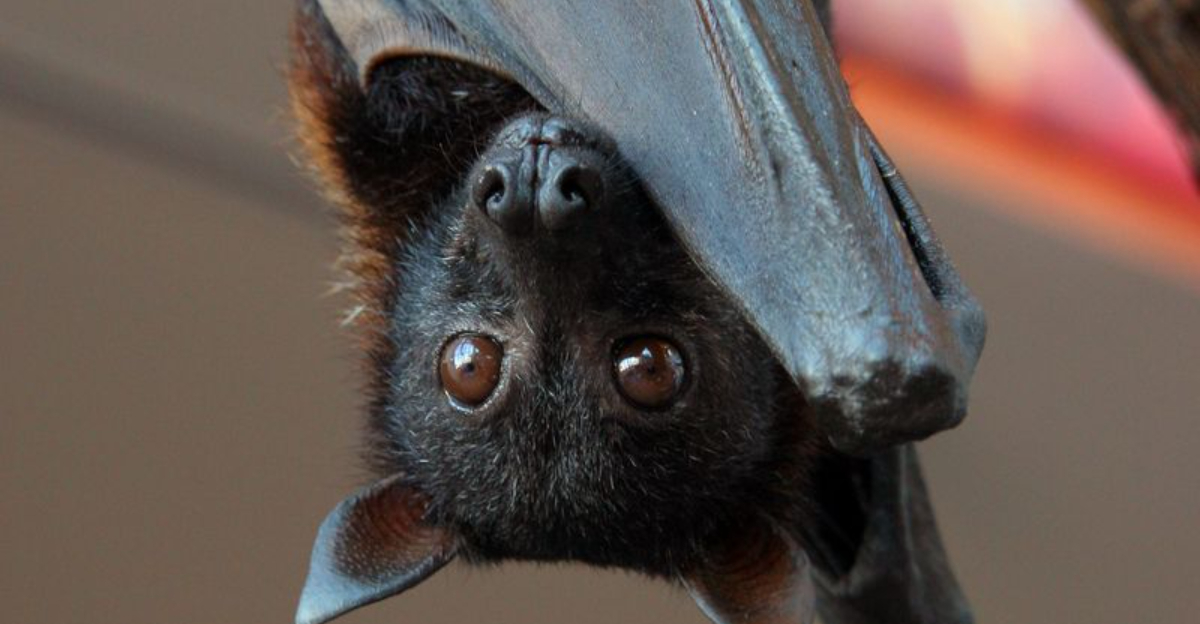In the intricate web of life on Earth, every species plays a crucial role in maintaining the balance of ecosystems.
Some species are more critical than others due to their unique contributions to their habitats, and their extinction could lead to disastrous consequences for humans and the environment.
As a beekeeper’s daughter, I grew up listening to just how important bees are and my dad taught me some valuable lessons on how to help these little pollinators. But this made me wonder, just how many other species have we endangered and yet without them, we would turn into dust?
In light of that, I want to share with you some species whose extinction would have a profound impact on both our planet and humanity’s survival.
1. Bees
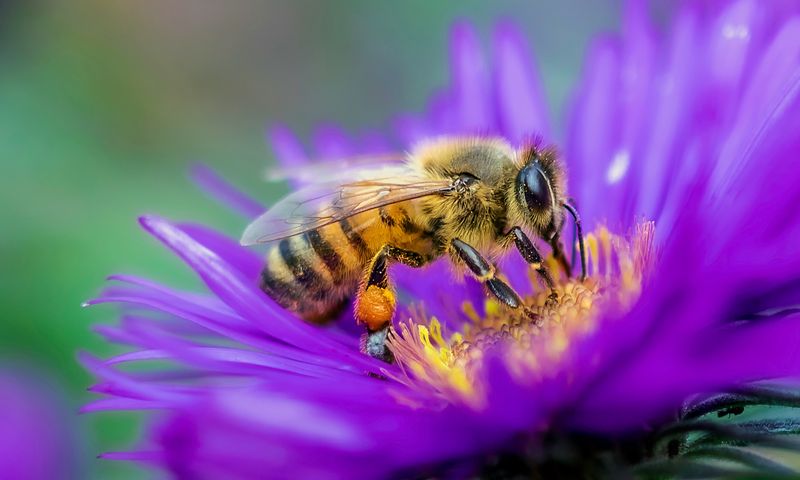
Without these tiny pollinators, the world would face a severe food crisis. Bees are essential for pollinating a vast number of crops, which directly affects the food supply for humans.
Imagine a world without almonds, apples, or coffee! These industrious insects facilitate the reproduction of plants by transferring pollen from one flower to another, enabling the production of seeds and fruits.
In addition to their role in food production, bees contribute to the biodiversity and health of ecosystems. Their pollination activities support the growth of wild plants, which in turn provide habitat and food for a wide range of other species.
This interconnectedness illustrates how vital bees are to maintaining the balance of nature.
The alarming decline in bee populations, due to factors such as pesticide use and habitat loss, has raised concerns worldwide.
Protecting bee habitats and promoting sustainable farming practices are essential steps we can take to secure their future and ours. By supporting initiatives that focus on bee conservation, individuals can play a part in preserving these crucial pollinators for generations to come.
2. Coral Reefs
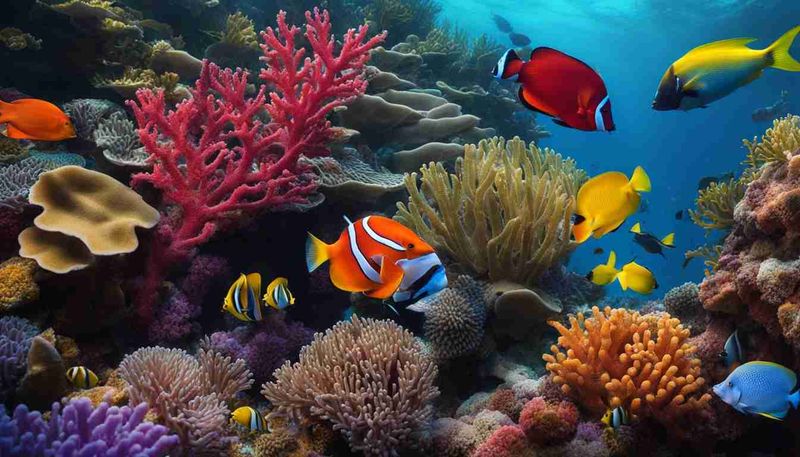
Known as the “rainforests of the sea,” coral reefs are vital to marine biodiversity. They provide habitat and shelter for approximately 25% of all marine species, despite covering less than 1% of the ocean floor.
The loss of coral reefs would not only mean the disappearance of countless fish and invertebrates but also a decline in the overall health of ocean ecosystems.
Coral reefs also protect coastlines from erosion and storm surges, acting as natural barriers against the forces of nature.
This protection is invaluable to human settlements along coasts, offering safety and security to millions of people worldwide. The economic benefits of coral reefs extend to tourism and fishing industries, which rely heavily on their vibrant ecosystems.
The threats to coral reefs are numerous, including climate change, ocean acidification, and pollution. Efforts to protect and restore these ecosystems are crucial, as their extinction would have catastrophic effects on both marine and human life.
Supporting conservation projects and advocating for policies that address climate change can help ensure the survival of coral reefs.
3. Bats
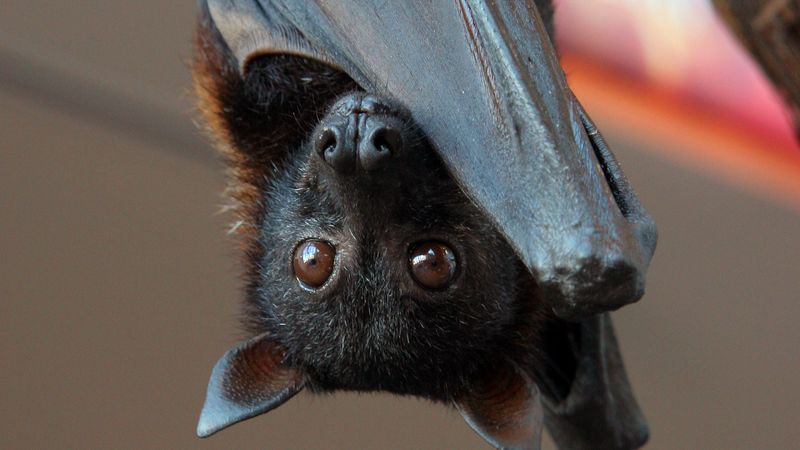
These nocturnal creatures might not be everyone’s favorite, but they play a significant role in ecosystems. Bats are natural pest controllers, consuming vast amounts of insects, including those that are harmful to crops.
This helps reduce the need for chemical pesticides, promoting healthier agricultural practices and reducing environmental pollution.
In addition to pest control, bats are important pollinators and seed dispersers, aiding in the reproduction and spread of various plants.
Many tropical fruits, such as bananas and mangoes, rely on bats for pollination and seed dispersal. Their contribution to agriculture and ecosystems highlights the importance of conserving bat populations.
Unfortunately, bats face numerous threats, including habitat loss, disease, and climate change. Protecting their habitats and raising awareness about their ecological importance can help mitigate these threats.
4. Plankton
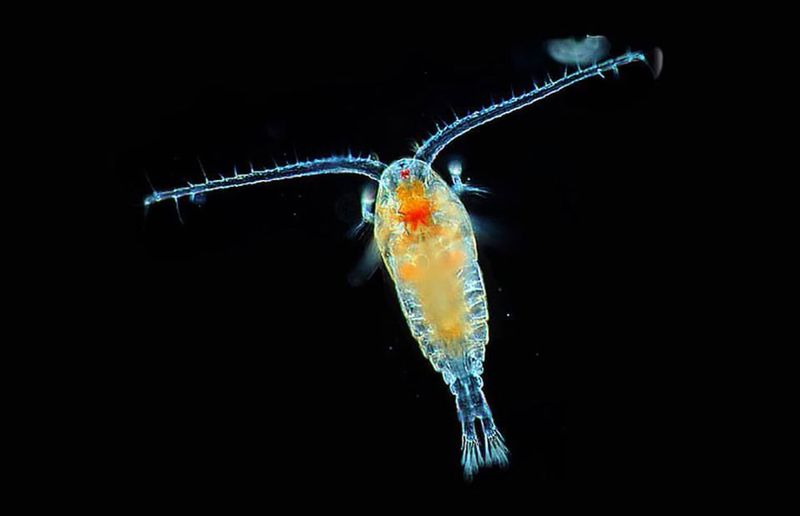
These tiny organisms are the foundation of aquatic food webs. Plankton, including phytoplankton and zooplankton, are crucial to marine ecosystems and play a significant role in carbon cycling.
Phytoplankton are responsible for producing a large portion of the oxygen we breathe, thanks to their photosynthetic abilities.
The presence of plankton supports a wide range of marine life, as they serve as the primary food source for many ocean species, including fish and whales.
Their importance extends beyond the ocean, influencing global climate and weather patterns through their role in carbon dioxide absorption and oxygen production.
However, plankton populations are vulnerable to changes in ocean temperature and acidity. Preserving ocean health and addressing climate change are essential to protecting these microscopic but mighty organisms.
By reducing carbon emissions and supporting sustainable practices, individuals can help safeguard plankton and the crucial services they provide.
5. Earthworms
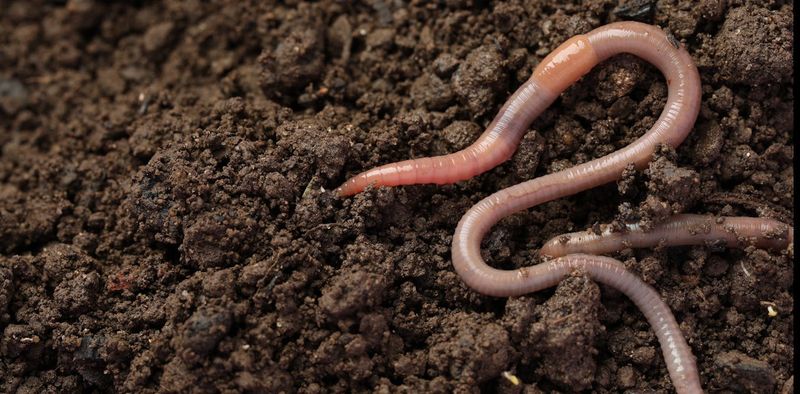
Often overlooked, earthworms are essential for healthy soil and agriculture. Their burrowing activities aerate the soil, improving water infiltration and nutrient cycling. This natural tilling process enhances soil fertility, supporting the growth of plants and crops that we rely on for food.
Earthworms also decompose organic matter, breaking it down into nutrients that plants can absorb. This process contributes to the health of ecosystems by maintaining soil structure and fertility.
Their presence in soil indicates a balanced and productive ecosystem, highlighting their importance in sustainable agriculture.
Threats to earthworms include soil pollution, habitat destruction, and the overuse of chemical fertilizers and pesticides.
Protecting these vital creatures involves promoting organic farming practices and reducing chemical inputs in agriculture. By fostering environments that support earthworm populations, we can ensure the continued health and productivity of our soils.
6. Vultures
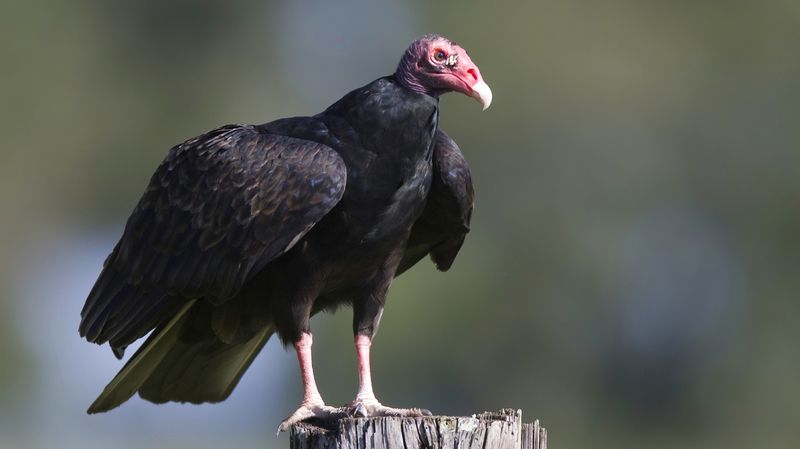
These scavengers might not have the most appealing reputation, but they play a crucial role in ecosystems.
Vultures are nature’s cleanup crew, feeding on carcasses and preventing the spread of diseases. Their efficient scavenging helps maintain a healthy environment, reducing the risk of disease outbreaks in human and animal populations.
Vultures also recycle nutrients back into the ecosystem, contributing to the overall health of their habitats. Their presence indicates a balanced ecosystem, as they help control animal populations and prevent the buildup of carrion.
Despite their importance, vultures face significant threats, including habitat loss, poisoning, and hunting. Efforts to conserve vultures involve raising awareness about their ecological role and implementing measures to protect their habitats.
7. Amphibians
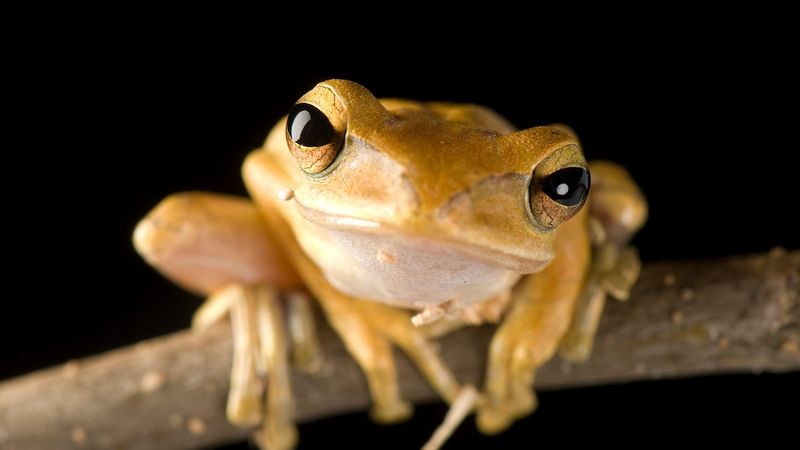
Amphibians, such as frogs and salamanders, are key indicators of environmental health. Their permeable skin makes them highly sensitive to changes in their surroundings, providing early warnings of ecosystem changes.
Their role as bioindicators helps scientists monitor environmental health and the impacts of climate change and pollution.
Amphibians are also important for controlling insect populations, as they consume large numbers of pests that can damage crops and spread diseases.
This natural pest control supports agriculture and reduces the need for chemical pesticides, promoting healthier ecosystems and human health.
The alarming decline in amphibian populations worldwide is a cause for concern. Factors such as habitat destruction, pollution, and disease are contributing to their decline.
Supporting conservation efforts and reducing environmental pollution are critical steps in preserving these vital creatures and the benefits they provide.
8. Sharks
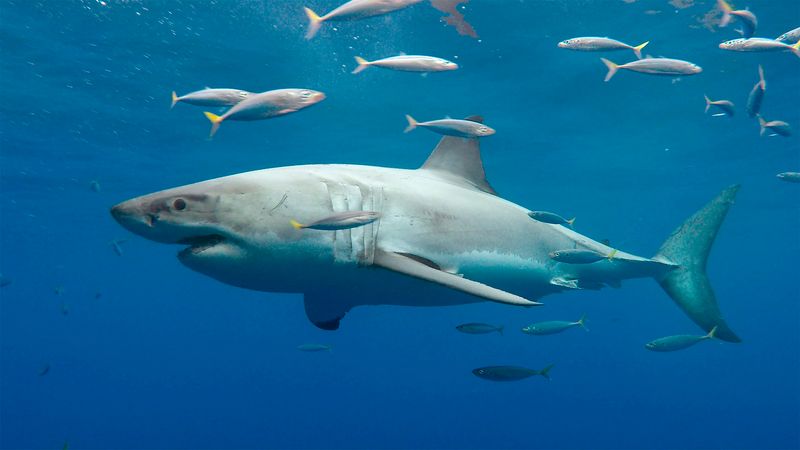
These apex predators are often misunderstood, but they are vital to maintaining the balance of marine ecosystems.
Sharks help control the populations of prey species, ensuring the health and diversity of ocean life. By keeping fish populations in check, they prevent the overgrazing of seagrass and coral reefs, supporting the overall health of marine habitats.
Sharks also contribute to the regulation of carbon in the ocean, as their presence influences the behavior and distribution of other marine species.
This role in carbon cycling affects global climate and ocean health, highlighting the importance of sharks in maintaining ecosystem balance.
The decline in shark populations due to overfishing and habitat loss poses a significant threat to ocean ecosystems.
9. Elephants
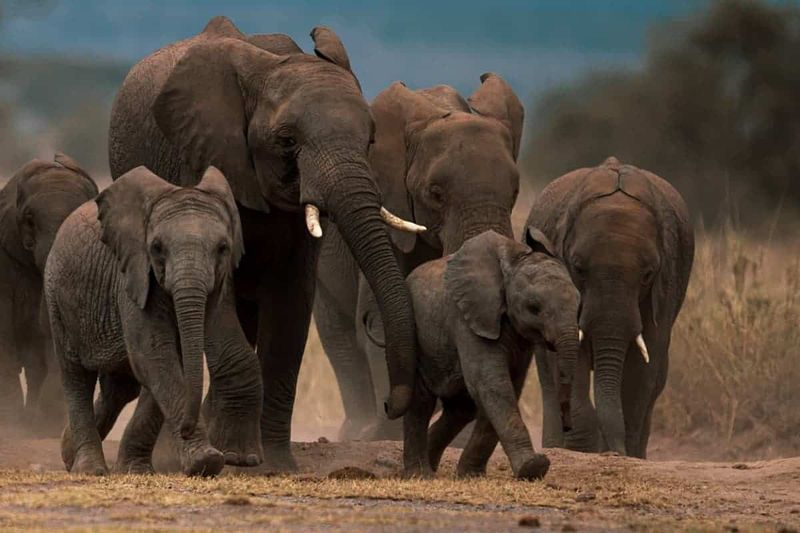
These gentle giants are essential for maintaining the health of their ecosystems. Elephants are known as “ecosystem engineers” because they shape their environments in ways that benefit other species.
Their feeding habits help control vegetation growth, preventing overgrowth and promoting biodiversity.
By creating clearings and digging water holes, elephants provide habitat and resources for other animals. Their movement across the landscape also aids in seed dispersal, facilitating the growth of plants and trees that support a wide range of species.
This role in ecosystem maintenance highlights the importance of preserving elephant populations.
Unfortunately, elephants face numerous threats, including poaching and habitat destruction. Efforts to conserve elephants involve protecting their habitats and reducing human-wildlife conflicts.

